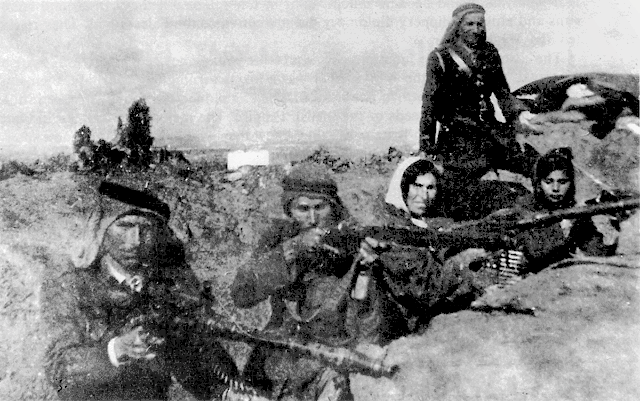While British rule in Mandatory Palestine was largely focused on stealing Palestinian land, it also devastated the livelihoods that were integral to the identities of thousands of Palestinians. Despite the gaping wound caused by losing the lands that had long shaped Palestinian national identity, this loss became a catalyst for renewed resistance that galvanized revolutions and uprisings from 1936 onward.
During this era, the British government legally and politically facilitated Jewish control over Palestinian land by expediting land sales to Jews. This included modifying existing land laws to enable the expropriation of lands categorized as vacant, non-arable, or subject to seizure, thereby limiting Palestinian land ownership. Taking advantage of legal loopholes, the British deliberately sold land to Jewish companies and settlers while Palestinians were unable to resist such systematic dispossession.
With continuing Jewish immigration, the Mandate authorities increased land theft under new property laws, transferring ownership increasingly to Jewish hands. Additionally, the Jewish Agency specialized in purchasing hundreds of thousands of dunams from two non-Palestinian Arab owners, enabling acquisition of the lands of Marj Ibn Amer and Wadi al-Hawarath. After purchasing land from Arab owners, the Agency intensified efforts to purchase land directly from Palestinians themselves.
Beyond transferring Palestinian land to Jews, Britain fought Palestinians over daily provisions and pushed them into unemployment, contributing to the economic crisis reaching its zenith in 1930 with over 12,000 registered unemployed Palestinians. Many farmers turned to unskilled, cheap labor like cleaning and working for cigarette and tobacco companies.
The British Mandate authorities made unilateral decisions that clearly favored Zionist forces in Palestine, enabling the Jewish economy to grow at the expense of Palestinian landowners. The British granted special privileges to the Zionists, allowing them to seize the country’s wealth by acquiring large companies and projects like the Palestine Electricity Corporation, the Huleh Valley drainage project, and the port of Jaffa. This seizure of resources was facilitated by poor management and coordination by the British, as well as weaknesses among Palestinian leaders. By the mid-1930s, after decades of dispossession by British colonial rule and Zionist colonization, Palestinians had been stripped of their means of survival. This set the stage for the outbreak of the Palestinian revolt.

During the Mandate period, Palestinian peasants and farmers suffered greatly after the systematic seizure of their lands left them unemployed and unable to provide for their families. This led them to revolt against the colonial policies that had dispossessed them. Starting in the 1920s, Palestinians underwent successive waves of revolutionary upheaval. These revolts were instigated and led by the poor and peasant classes, with revolutionary leaders hailing from this demographic ever since the Qassam revolution. For example, Sheikh Izzeddin al-Qassam, killed at the start of the revolt, was a peasant and vendor in Haifa, as was early Qassam follower Ali Mahmoud Zarour. Other peasant leaders included Mohammed Salah, a farmer before becoming a peddler, who died at the Battle of Buya in 1938. To fund the revolution, leaders like small shop owners Abu Ibrahim al-Kabir and Yusef Abu Durra drew upon their own resources and collected donations. The peasants and poor made up over 90% of Palestinian revolutionaries and spearheaded confrontations with the British and Jews. Recognizing the power of economic resistance, they launched comprehensive strikes that paralyzed the economy, having little left to lose after being stripped of their lands.

With the outbreak of the revolution, Palestinians launched attacks against British and Jewish forces as retaliation for Britain’s destabilization of the Palestinian economy. These operations sought to undermine British military control and halt governmental, agricultural, and construction work. The Revolution Acts burned over 80,000 citrus trees, 62,000 fruit trees, 64,000 forest trees, and 4,000 acres of crops, causing £5.3 million in losses for the British. The revolutionaries also targeted railways, oil pipelines, and other economic sites, bringing tourism to a standstill by mid-May. These strategic assaults disrupted the economic foundations upholding the British and Jewish presence in Palestine. A British statement acknowledged the misery their Mandate faced, citing attempts to paralyze transportation, cut communication lines, derail trains, and impede traffic. While the port closure in Jaffa dealt a blow, the port in Haifa remained minimally impacted.
PDF on the history of the Arab revolt against colonialism in Palestine in 1936-9 written by Ghassan Kanafani.




